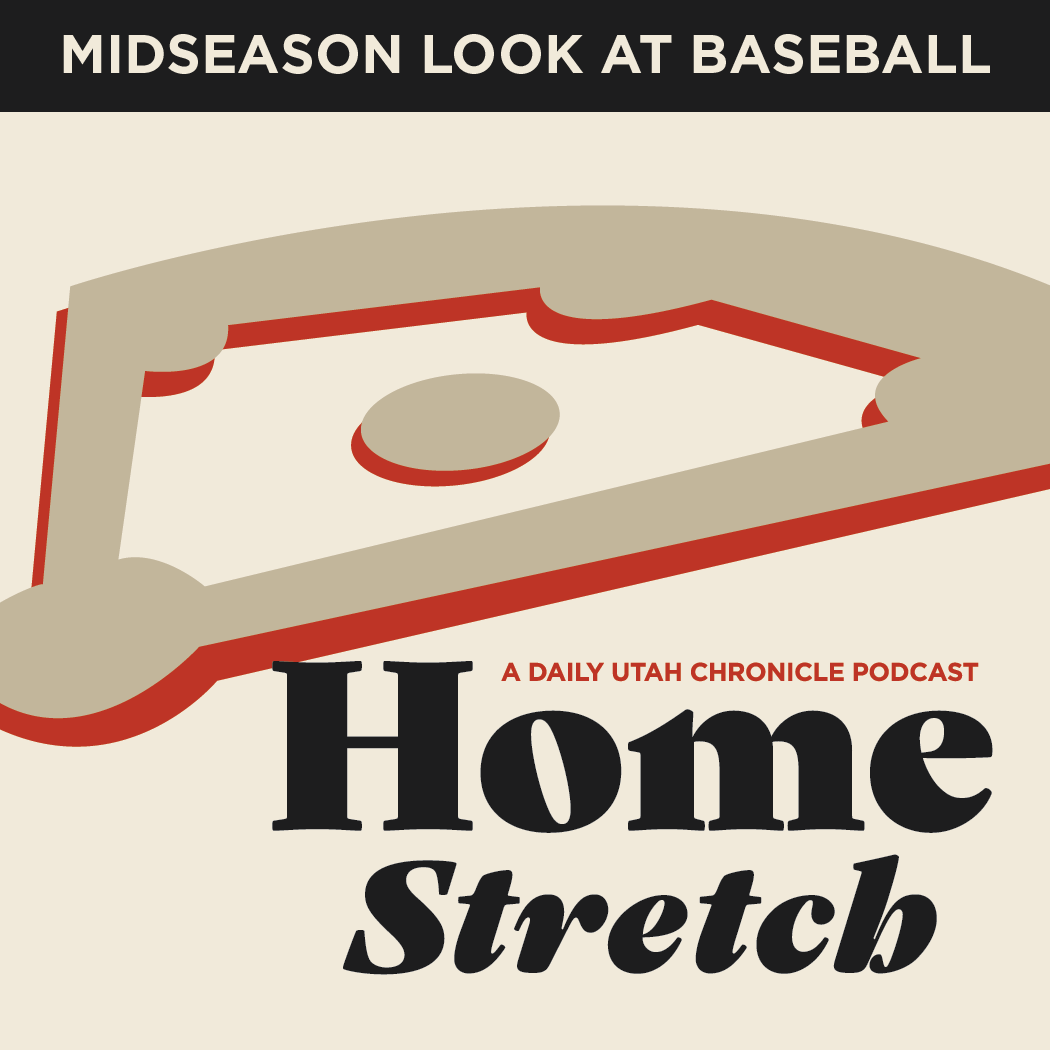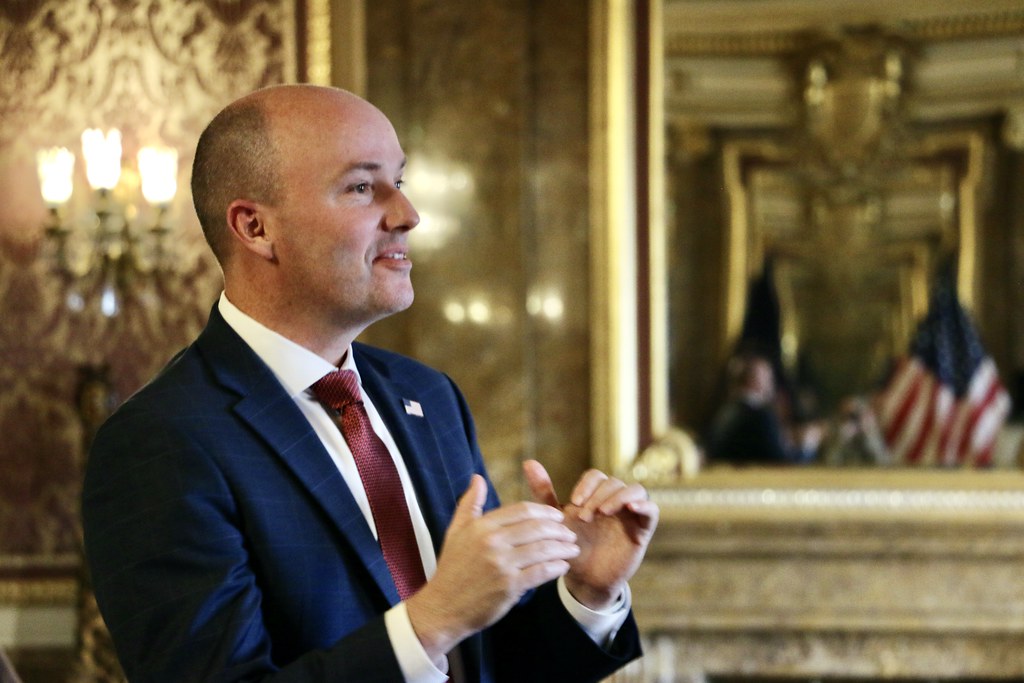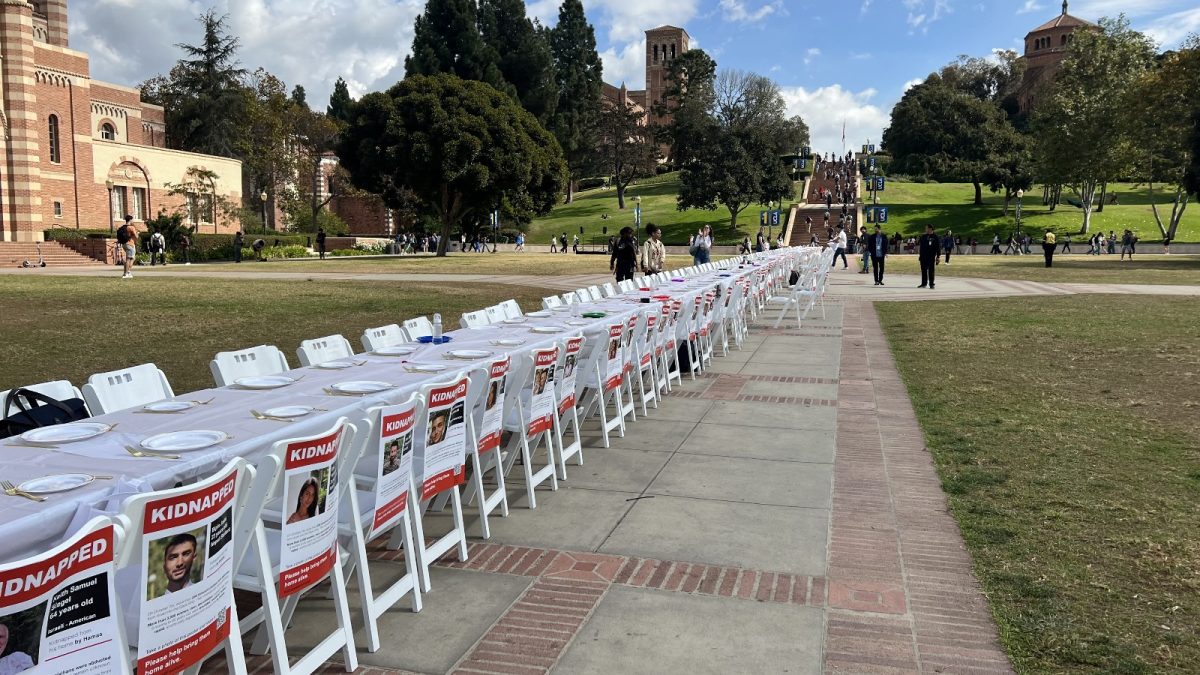Adults between the age of 20 and 24 are more likely to die from a car crash, said Kristy Rigby, program manager for the Utah Highway Safety Office.
To demonstrate this fact, 285 tombstones were placed outside the Union on Wednesday to represent the number of people who died on Utah roads last year. The tombstone project was organized by Zero Fatalities, a group that focuses on eliminating driving fatalities in Utah.
“Zero fatalities may seem like a difficult goal, but if you ask someone what an acceptable number is in their family and friends to die, they’re going to say ‘zero,'” said Brent Wilhite, a Zero Fatalities representative.
Students should be careful when driving during Spring Break, watch the speed limit and always wear their seat belts, said Robert Hull, director of traffic and safety for the Utah Department of Transportation. Many unnecessary fatalities occur because drivers and passengers aren’t wearing seat belts, he said.
Drivers over the age of 18 cannot be pulled over for not wearing a seat belt. To get a ticket for not wearing a seat belt, drivers must be pulled over for another crime first, Hull said.
According to statistics from the zero fatalities website, one out of every 13 driving fatalities is caused by a distracted driver. Distracted driving includes talking, texting and other cell phone use.
“The younger generation are texting while they drive more often,” Wilhite said. “It’s becoming an increasing problem.”
David Strayer, a psychology professor at the U, has done studies that illustrate the danger created by drivers who use cell phones on the road.
His study shows that a driver who is text messaging is eight times more likely to get into an accident. A driver talking on a cell phone is just as likely to be involved in a car crash as someone with a .08 blood alcohol level.
“Teens definitely text more than any other population at large,” Strayer said. “Teens and young adults are both more likely to make driving errors than older adults — they are still learning.”
Grant Judkins, a mechanical engineering sophomore, admitted that he texts and eats food while driving.
“I know I’m not a safe driver all the time, and a lot of students probably text or talk on their phones while they drive,” he said. “Students are probably more likely to be intoxicated while driving as well.”
Despite these dangers, the number of driving fatalities in Utah is declining.
The number of annual driving fatalities has dropped by 24 percent since 2000 from 373 fatalities per year to 285 in 2007, Wilhite said.
Hull believes that part of the reason is because Utah is building safer roadways and separating traffic going in the opposite direction with barriers.
“It’s really a combined effort,” Hull said. “We’re doing more enforcements to deal with speeding and aggressive driving, and we’re making a concerted effort to enhance safety features on the road.”
 Jarad Reddekopp
Jarad ReddekoppZero Fatalities representative Jeff Bleak sets up a tombstone display in the Union Plaza Wednesday morning. Bleak and his team set up 285 head stones, one for each roadway fatality in 2007.











